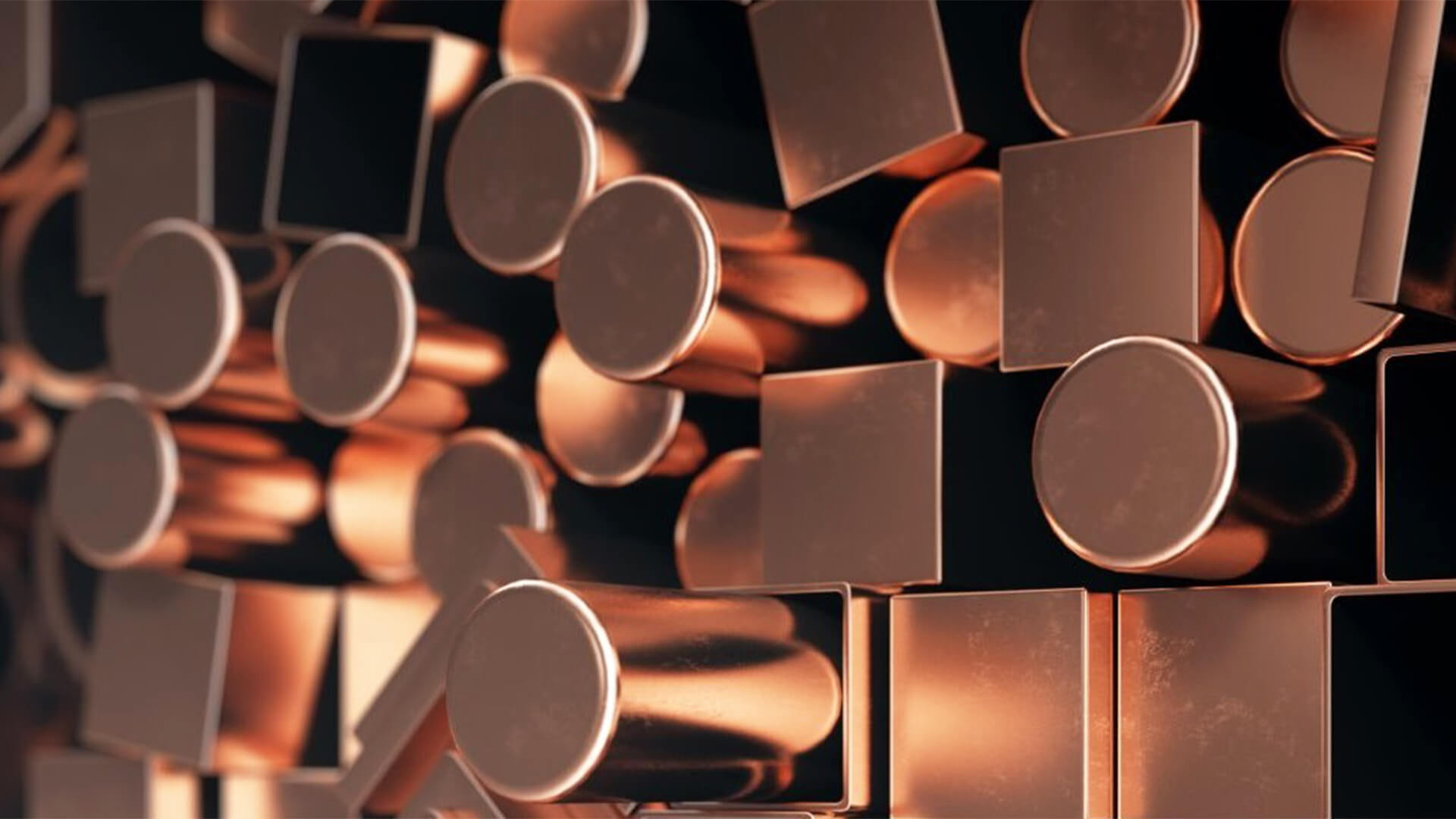Non-ferrous metals are what brought us out of the stone age. And today, they are still very important to our society, including their participation in the process of building houses. What are non-ferrous metals, the different kinds we can find on the market and what is the role that they play in construction? Here is a global look at the subject in the context of architectural design.
What are Non-ferrous Metals?
Metals that don’t contain significant amounts of iron are considered non-ferrous. That includes alloys as well, which we will talk about in this article. Although, generally speaking, they usually all contain traces of iron, it normally represents less than 1% of its composition. It does remain below the level that would provide the alloy to have magnetic properties.
The most commonly used, in architecture, are red metals and aluminum, since they are the easiest to manipulate in order to create particular designs. Yet, they are still very strong and have the ability to last for a long time. Here are the non-ferrous metals most often used in construction, in alphabetical order: Aluminum, brass, bronze, copper, lead, nickel, tin, and zinc.
Non-ferrous Alloys and their uses
The only pure metal that isn’t non-ferrous is iron. Therefore, in order to have a non-ferrous alloy, you need a mix of different ones, with a maximum of 1% of iron that will be found inside it. Here is a closer look at some of them.
Brazing Alloy
If you have ever heard about some metallic glue, then the person mentioning it was probably talking about a brazing alloy. It can be created at a very high temperature, by mixing gold, nickel and copper (most common mix). These alloys are used to join together CMC with Cobalt or super-alloys made of nickel. Normally, there will also be active filler materials added, in order to produce reliable joints. The braze fillers come in various forms, which are powder, paste, tape and foil, as well as rod and wire.
Zamak Alloys
Zamak stands for zinc, aluminum, magnesium and copper. It stands apart from other zinc based alloy by the fact that there is always 4% of aluminum found inside this type of alloy. That is meant to help the alloy to keep its final shape, since zinc doesn’t have sufficient mechanical properties to do so, by itself. Zamak alloys are known for their great resistance to corrosion, shocks and wear, as well as for their high accuracy, inexpensive price and safety.
What are the Advantages of Non-ferrous Metals in Design and Construction?
When we look back at the history of our race, we have to go all the way to 1500 B.C. to witness the arrival of non-ferrous metals. They brought us out of the copper and bronze ages, which lasted 3,000 years, starting from 4500 B.C. All metals have particular benefits, but also disadvantages, when it comes to design and construction. Therefore, they need to be looked at with caution by the designer, before they make a decision on which ones to use, in their architectural creations. The best is to call upon non-ferrous metals suppliers, in order to receive the most appropriate advices, on the exact solution for each projects. In general, there are eight major benefits that non-ferrous metals offer. Here they are, in no particular order.
Durable – Non-ferrous metals are resistant to corrosion. It makes them perfect to be used on exteriors. That is why we see so many copper roofs from older constructions, still standing today.
Light – The lightness of these metals is an important aspect. It enables the designer to use them in places, where you normally wouldn’t find other metals, because they would unbalance the integrity of the structure.
Recyclable – Once you produce non-ferrous metals for construction purposes, they can be more or less recycled forever. That is a key characteristic for builders, in this day and age.
Strong – Of course, their strength is relative to their weight. However, they are strong enough to provide stability to buildings, while being used in complex architectural designs.
No rust or flaking – Over time, non-ferrous metals will not rust or start to flake. Instead, the surface will oxidize to protect itself, which is a living finish phenomenon called patina.
Malleable – This is probably their most important aspect. Because they are so, they can be used in the creation of almost any design that an architect can think about. It makes them unvaluable in today’s construction world, where design is of outmost importance.
Design-friendly – Because they come in a variety of colours, non-ferrous metals are friendly to designers. The fact that they age differently is also taken into consideration by architects, when they draw houses.
Non-ferrous metals are the future of design and construction, because of the multiple properties we have just indicated. Most of all, when used, they help buildings last a long time. And if it has to be brought down, at some point, the material can still be collected and recycled.

































